
What Is CBG Oil?
If you’re looking for a comprehensive, natural solution to tackle inflammation and its debilitating effects, you’re in the right place. Welcome to the new era

Our bodies naturally produce vitamin D when our skin is exposed to direct sunlight. We can also obtain vitamin D from certain foods and dietary supplements to ensure an adequate level of vitamins in our blood. Let’s explore the beneficial effects of vitamin D, the recommended daily intake, and discuss foods that contain vitamin D. Which is the best vitamin D? A beginner’s guide to vitamin D3.
Vitamin D is a fat-soluble vitamin that belongs to a group of compounds including D1, D2, and D3. Strictly speaking, vitamin D is not a true vitamin but a hormone-like precursor that the body converts into a calcitriol hormone. This is the biologically active form of vitamin D.
Vitamin D exists in two main forms:
Vitamin D3 is found mainly in animal-based foods, while vitamin D2 is primarily derived from plant sources. D3 increases overall vitamin D levels more effectively and stores it in the body for a longer duration compared to D2.
The body synthesizes vitamin D through the UV-B rays of sunlight on the skin. The D3 provitamin in the skin is converted to D3 pre vitamin through the effect of UV-B radiation, and then it further transforms into D3 vitamin with the help of UV-B light.
Vitamin D contributes to:
The risk of vitamin D deficiency exists in the following cases:
Adults may experience the following symptoms of vitamin D deficiency:
If we are diagnosed with vitamin D deficiency, our healthcare professional will likely recommend taking vitamin D supplements. It is also important to pay attention to our diet and spend more time outdoors.
Include the following foods in your diet as natural sources of vitamin D:
Since it is not always possible to obtain sufficient vitamin D through sun exposure and diet alone, taking vitamin D supplements can be helpful.
The recommended level for serum vitamin D is between 50-100 nanomoles per liter (nmol/L). Generally, a level of 75 nmol/L is considered within the normal range, according to the recommendation from Semmelweis University in 2021. The following numbers are applicable for vitamin D intake (IU = International Units, 1 IU = 0.025 μg):
According to the recommendation, the necessary amount of vitamin D can be taken once a week or in a monthly dose for healthy adults. However, during severe COVID-19 illness, patients receive 12,000 IU for 5 days and then 4,000 IU during hospitalization.
In winter, the sunlight beyond our geographical latitude is too weak to produce sufficient vitamin D in the skin. The body relies on stored D3 vitamins in the form of calcifediol, primarily found in muscle and fat tissue.
However, if we didn’t replenish these stores during summer, a regular diet may not be able to compensate for the deficiency. Therefore, most of us need to supplement with vitamin D in the form of dietary supplements between October and March.
It is advisable to thoroughly research before selecting the right vitamin D supplement for you. Be sure not to exceed the safe upper intake level, which is 4,000 IU (100 micrograms) per day for adults. Choose a high-quality vitamin D supplement from a reliable source.
The USA medical K2+D3 capsule contains high doses of K2 and D3 vitamins, as well as calcium. It also includes BioPerine to enhance the absorption of the active ingredients. Vitamin K contributes to incorporating calcium into bones and teeth instead of blood vessels or other soft tissues. Each capsule provides 125 micrograms of D3 vitamin, which is optimal for daily intake.
USA Medical has the best supplements on the market with the highest quality and safest ingredients to ensure optimal health and wellness.
These statements have not been evaluated by the Food and Drug Administration. These products/services are not intended to diagnose, treat, cure, or prevent any disease.

If you’re looking for a comprehensive, natural solution to tackle inflammation and its debilitating effects, you’re in the right place. Welcome to the new era

The Invisible Enemy Within You wake up feeling groggy, your joints ache, and that old neck pain seems to have returned. No, it’s not just

CBG oil has been creating waves in the health and wellness industry, and for good reasons. But with any health trend, it’s crucial to separate
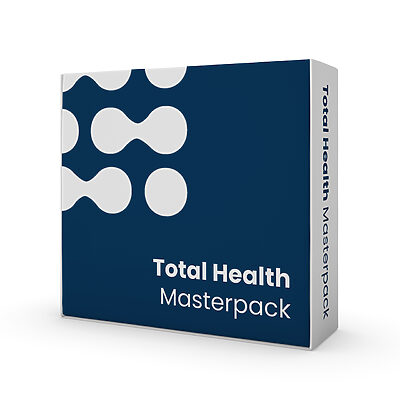
In stock | Free shipping
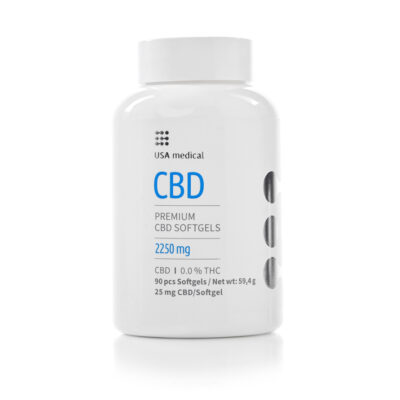
In stock | Free shipping
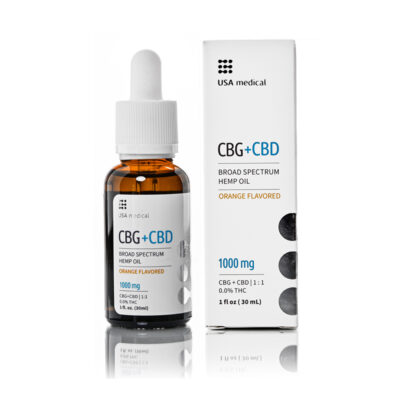
In stock | Free shipping
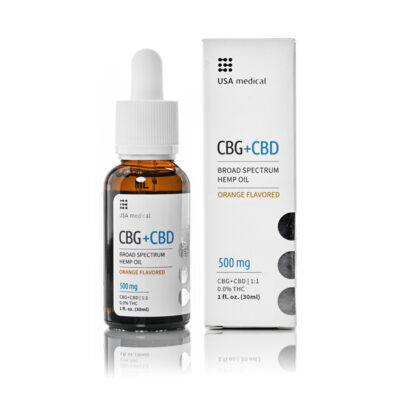
In stock | Free shipping
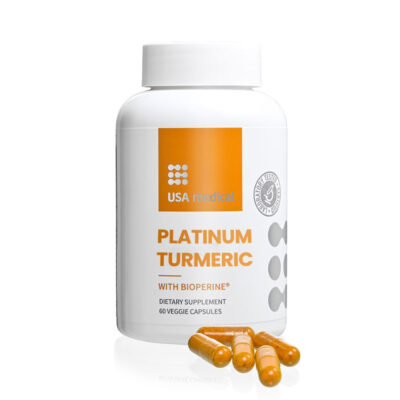
In stock | Free shipping
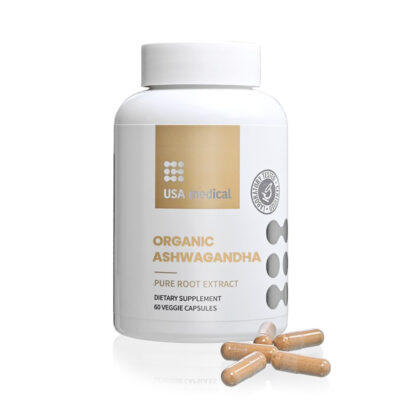
In stock | Free shipping
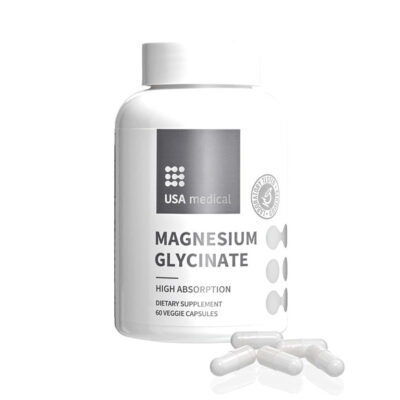
In stock | Free shipping

FREE SHIPPING & DELIVERY INSURANCE
Enjoy free ground shipping and free delivery insurance on all orders! Spend $150+ to unlock free 2-Day Air shipping.

24/7 EXPERT SUPPORT
Text (323) 352-9131 anytime for help from one of our USA Medical experts. We’re here for you!

Get your first-time coupon!
This coupon has no restrictions on your first purchase, you can use it for anything at USA Medical!

Join the USA Medical Family!
Get access to exclusive offers and free giveaways in our private Facebook group.
These statements have not been evaluated by the Food and Drug Administration. USA Medical products are not intended to diagnose, treat, cure, or prevent any diseases. Individual results may vary.
This site is protected by reCAPTCHA and the Google Privacy Policy & Terms of Service apply.
© USA Medical, 2025. All rights reserved.
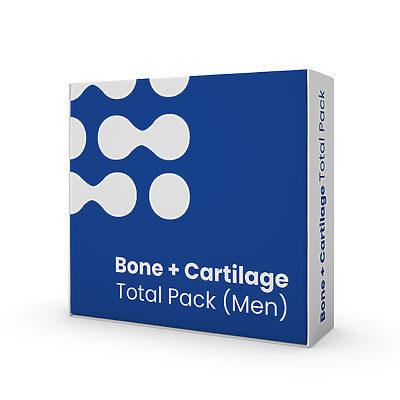
In stock | Free shipping
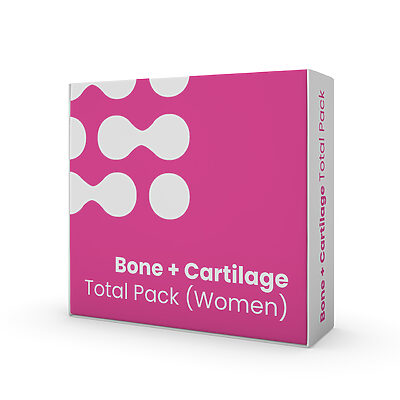
In stock | Free shipping

In stock | Free shipping
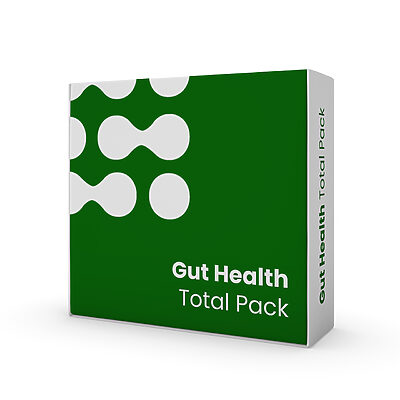
In stock | Free shipping

In stock | Free shipping

In stock | Free shipping

In stock | Free shipping
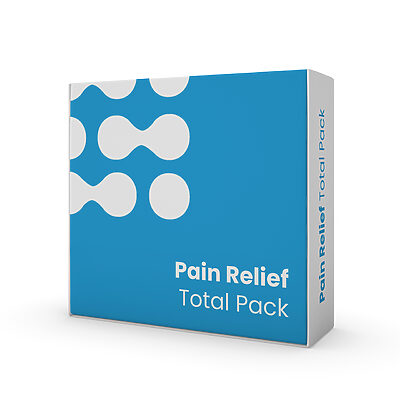
In stock | Free shipping